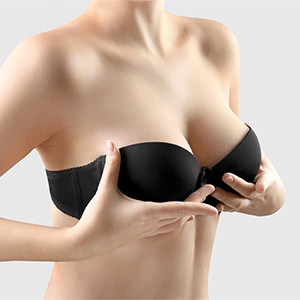19 Feb Nose Surgery (Rhinoplasty)
Nose Surgery
First impressions are everything, and your face can send the wrong message.
Frown lines, saggy skin, deep wrinkles and droopy eyes can broadcast to the world, “I’m tired, stressed out and unhappy”.
Even if you don’t feel that way, it’s what people see.
You may be genetically predisposed to certain types of ageing, and no amount of proper diet, exercise or even avoiding the sun can prevent the way your face ages.
If you want to feel younger and healthier and you want your face to reflect your inner glow, then plastic surgery can offer you a range of surgical and non-surgical solutions.
The desire for a different nose shape is one of the most common reasons people choose plastic surgery. This type of operation is broadly called rhinoplasty because “rhino” means nose. Some patients wish to reduce or increase the size of their nose, change the shape of the tip or the bridge, narrow the span of their nostrils, or change the angle between their nose and upper lip. A skillful plastic surgeon will produce a natural-looking nose, which is in harmony with the patient’s other facial features.
The skin of the nose has no shape; it is the underlying cartilage and bony architecture that provide shape. Therefore, smaller noses require precise placement of grafts from the patient’s own tissue and sometimes implant material (such as silicone, Gortex or Medpore) to produce a natural-looking nose.
Some patients are happy with the size of their noses but not with the shape. Reshaping rhinoplasty may focus on the shape of the tip, the bridge or the root of the nose. Reshaping rhinoplasty can be addressed with a variety of procedures ranging from a simple non-invasive technique to a larger scale surgical procedure. Finally, some patients require work on their airway, and this can be achieved by performing a combined septo-rhinoplasty and turbinate reduction (the turbinate is an anatomical structure situated inside the nose that may become enlarged for a number of reasons). The surgery results in a pleasing shape and increased functionality of the nose, as demonstrated by improved breathing. Decision making happens after careful consideration. Some patients will benefit from “closed rhinoplasty,” where the surgery is performed from inside the nose with no visible outside scars. Others will be more suitable for “open rhinoplasty”, which involves an 8 mm incision in the columella (the vertical strip of tissue separating the nostrils) to lift the nose skin, so the procedure is done under direct vision.
—-






